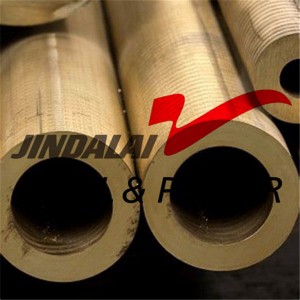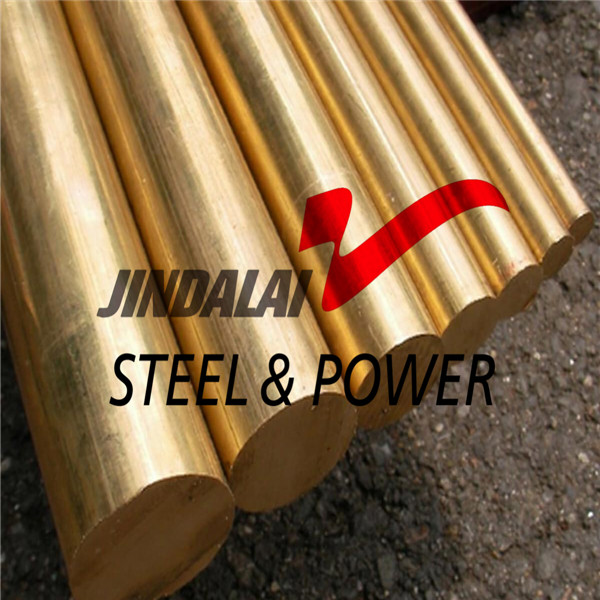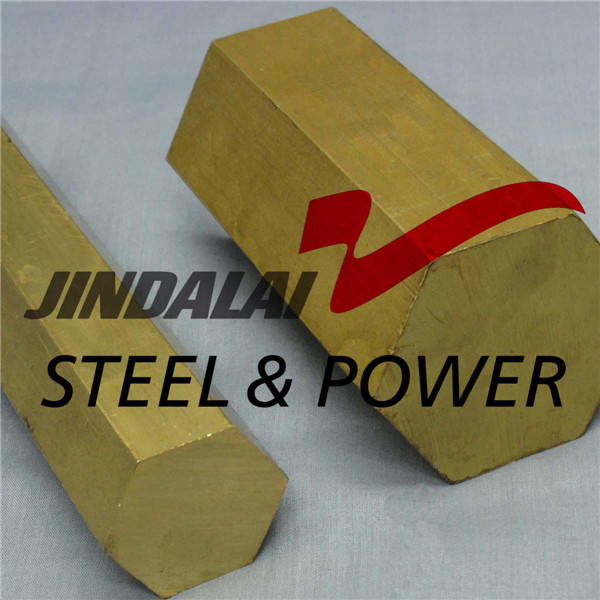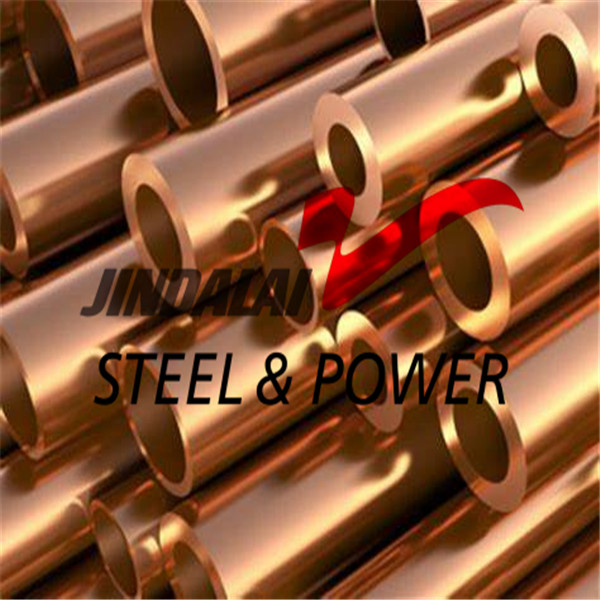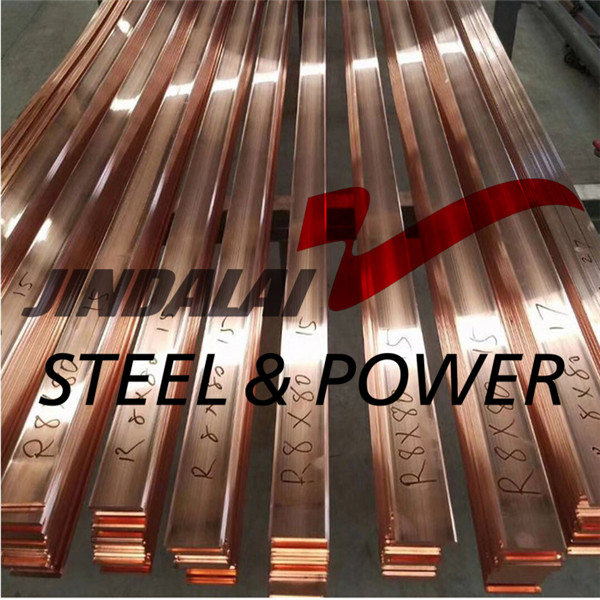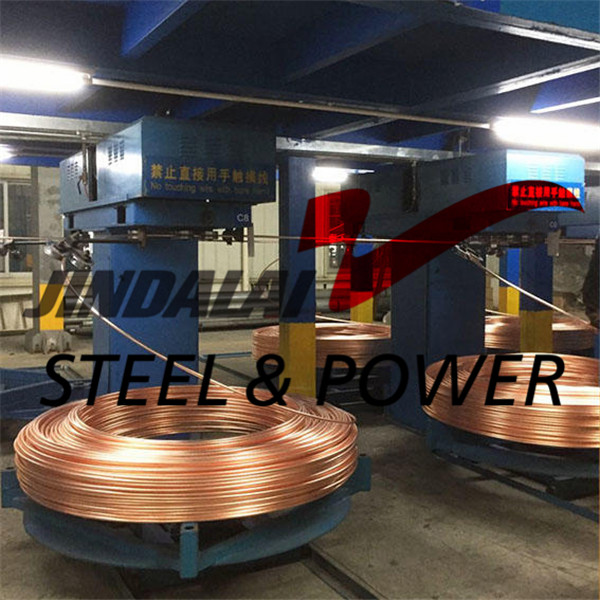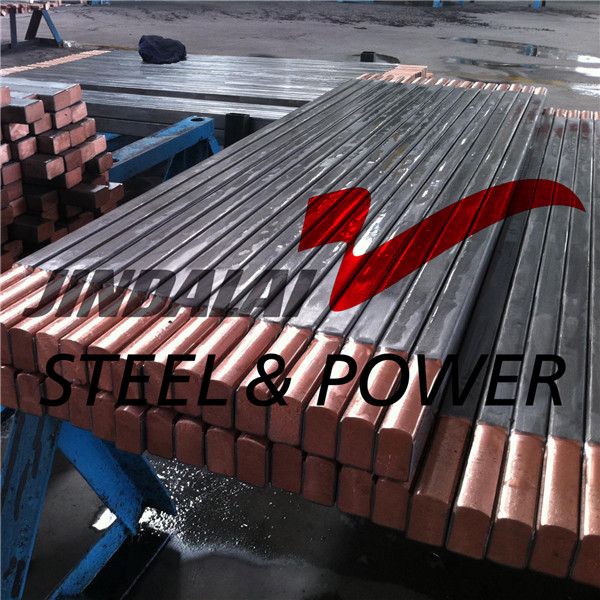Brass Pipes & Tubes Specification
| Standard | ASTM B 135 ASME SB 135 / ASTM B 36 ASME SB 36 |
| Dimension | ASTM, ASME, and API |
| Size | 15mm NB to 150mm NB (1/2" to 6"), 7" (193.7mm OD to 20" 508mm OD) |
| Tube Size | 6 mm OD x 0.7 mm to 50.8 mm OD x 3 mm thk. |
| Outer Diameter | 1.5 mm – 900 mm |
| Thickness | 0.3 – 9 mm |
| Form | Round, Square, Rectangular, Hydraulic, Etc. |
| Length | 5.8m,6m,or as required |
| Types | Seamless / ERW / Welded / Fabricated |
| Surface | Black painting, varnish paint, anti-rust oil, hot galvanized, cold galvanized, 3PE |
| End | Plain End, Beveled End, Threaded |
Features of Brass Pipes & Brass Tubes
● High resistance to pitting & stress corrosion cracking.
● Good workability, weld-ability & durability.
● Low thermal expansion, good heat conductivity.
● Exceptional thermal resistance and chemical resistance.
Brass Pipe & Brass Tube Application
● Pipe Fittings
● Furniture & Lighting Fixtures
● Architectural Grill Work
● General Engineering Industry
● Imitation Jewellery etc
Advantages And Disadvantages of Brass Pipe
Brass pipe is the first choice for plumbers because it possesses dynamic properties. It is very reliable, durable, and resistant to corrosion. These cost-effective components are highly malleable and exhibit a smooth surface to allow the smooth flow of fluids in the system.
Brass requires a lot of maintenance as it may be exposed to blackish tarnish. It is not recommended for pressures above 300 PSIG. These components become weak and may collapse at temperatures above 400 degrees F. Over time, the zinc composed in the pipe may transform into zinc oxide-releasing a white powder. This may result in clogging of the pipeline. In certain cases, the brass components may be weakened and result in pin-hole cracks.
Detail drawing
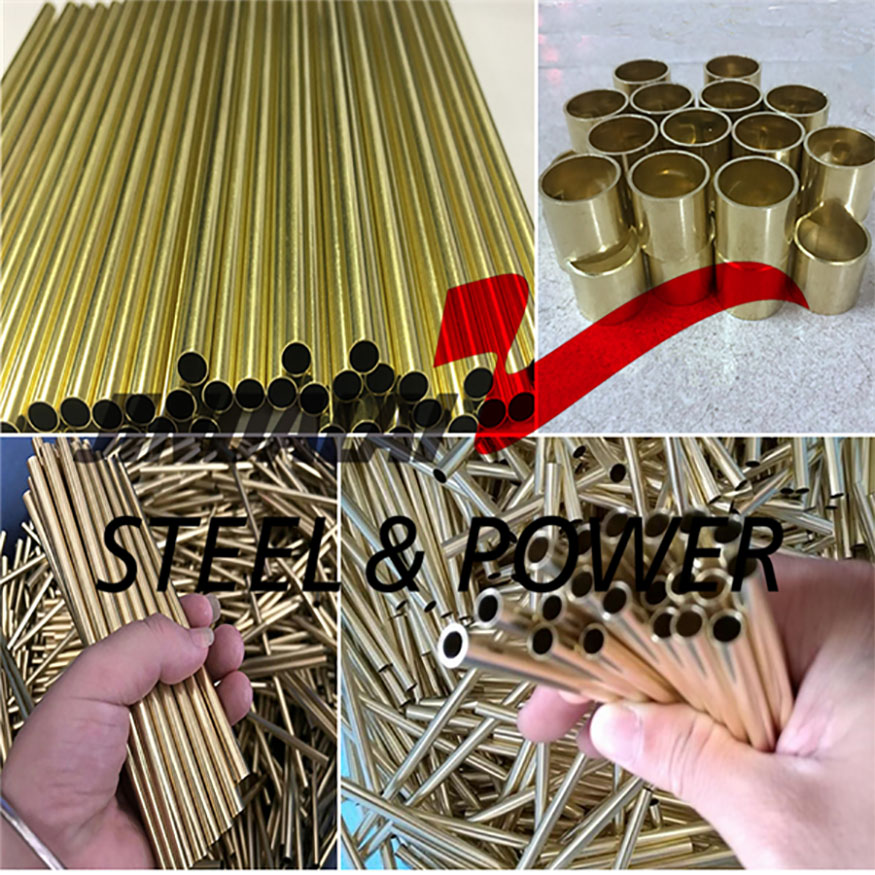
-
C44300 Brass Pipe
-
CM3965 C2400 Brass Coil
-
Brass Strip Factory
-
Brass Rods/Bars
-
ASME SB 36 Brass Pipes
-
CZ102 Brass Pipe Factory
-
CZ121 Brass Hex Bar
-
99.99 Cu Copper Pipe Best Price
-
99.99 Pure Copper Pipe
-
Best Price Copper Bar Rods Factory
-
Copper Flat Bar/Hex Bar Factory
-
Copper tube
-
High Quality Copper Round Bar Supplier





